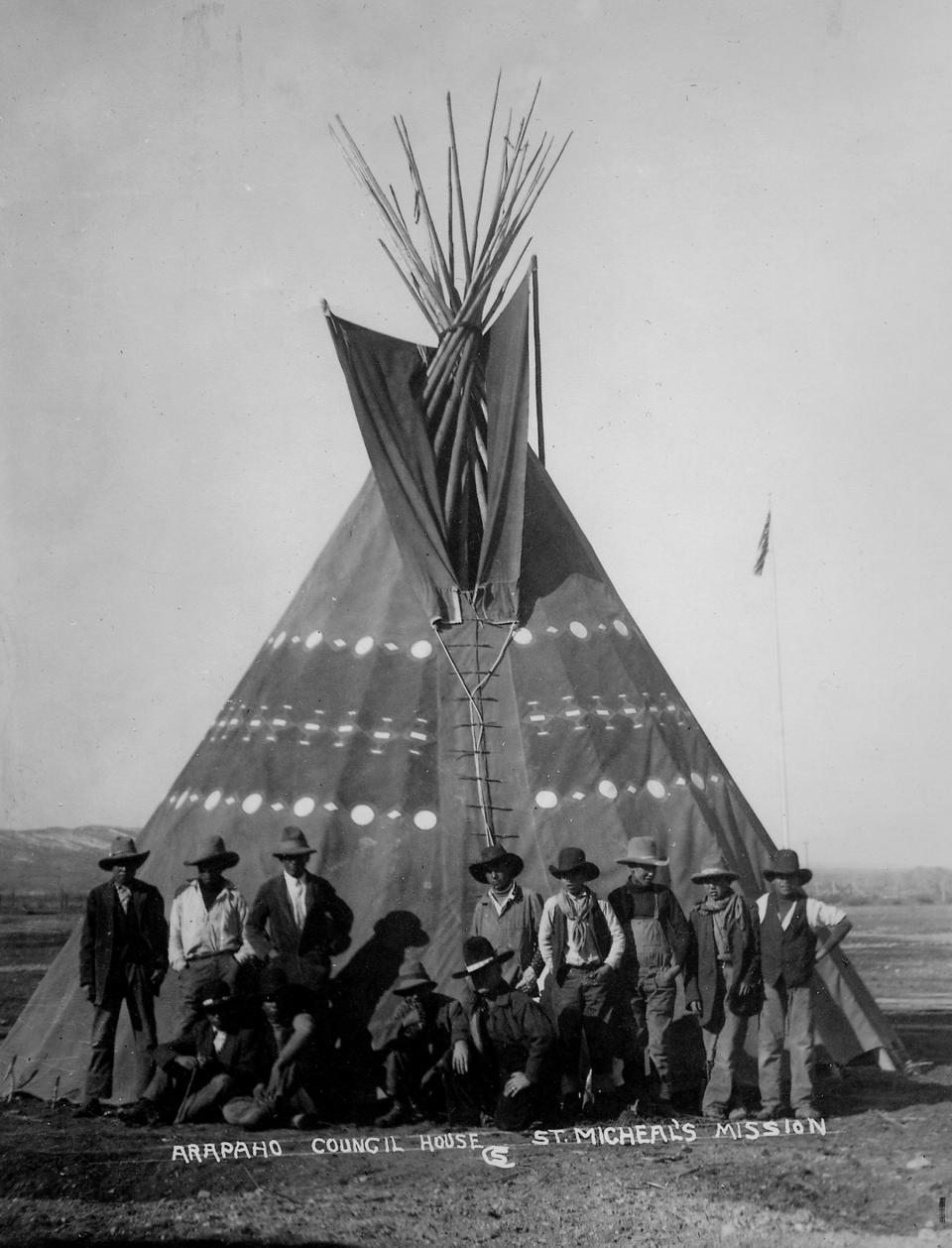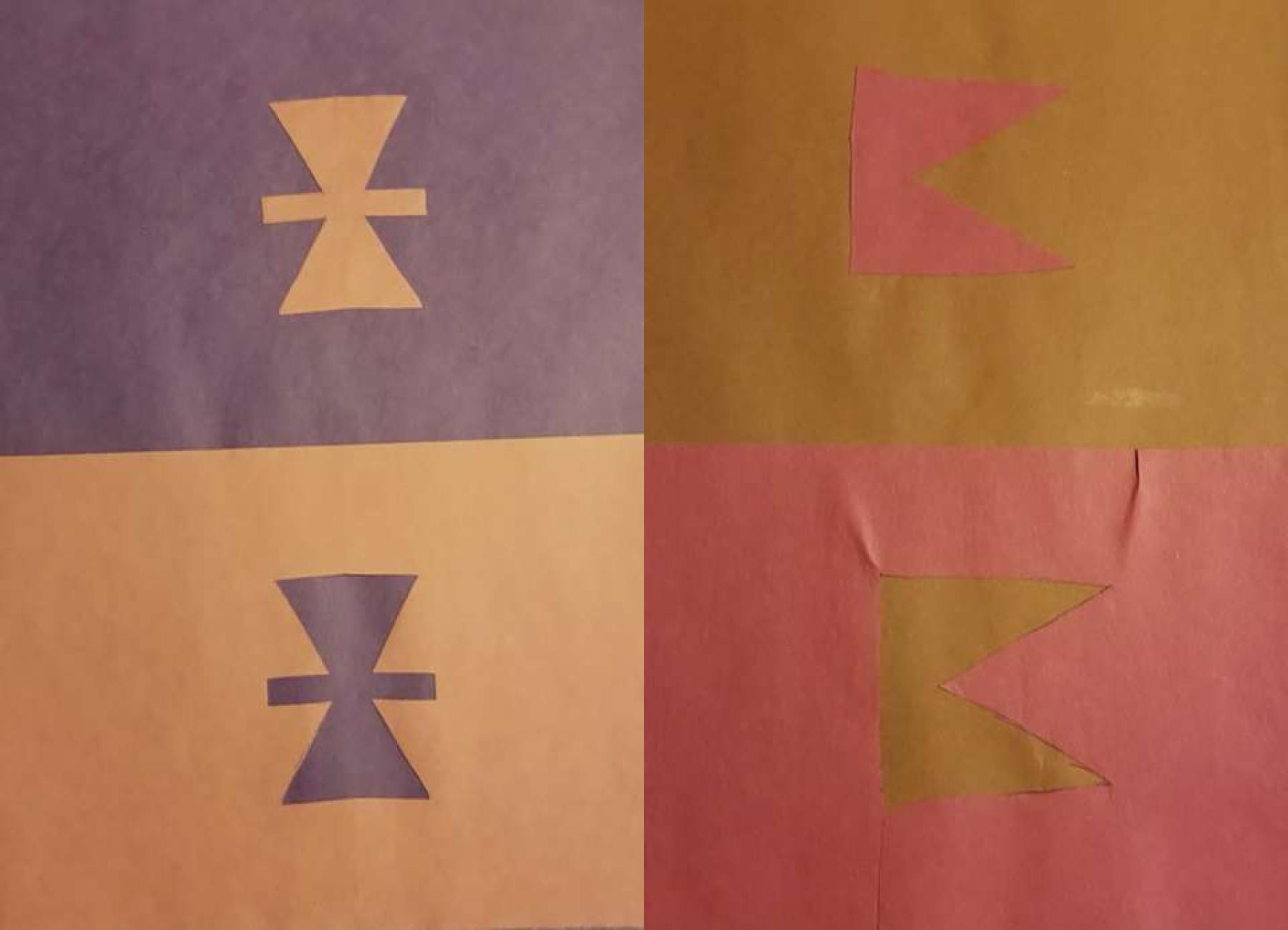Area 3: Native People in a Changing West
Question: How did expanding westward affect tensions within different regions of the U.S.?

Lesson Plan Developed By
Emily Petty, Arapahoe Elementary School
Grade Level
Upper Elementary
Content Area(s)
Social Studies
Art
Learning Objective(s)
- Students can describe symbols that represent different cultures.
- Students can compare and contrast the symbolism used for different cultures.
Standards
Click here to see a spreadsheet aligning Wyoming State Social Studies and Common Core Standards for this and other digital toolkits of Wyoming History.
Length
One 45-minute class period
Materials Required
Glue
Scissors
2 sheets of Construction Paper
Reading on Arapaho and U.S. flags
Venn diagram
Handout on Arapaho symbols and their meanings

